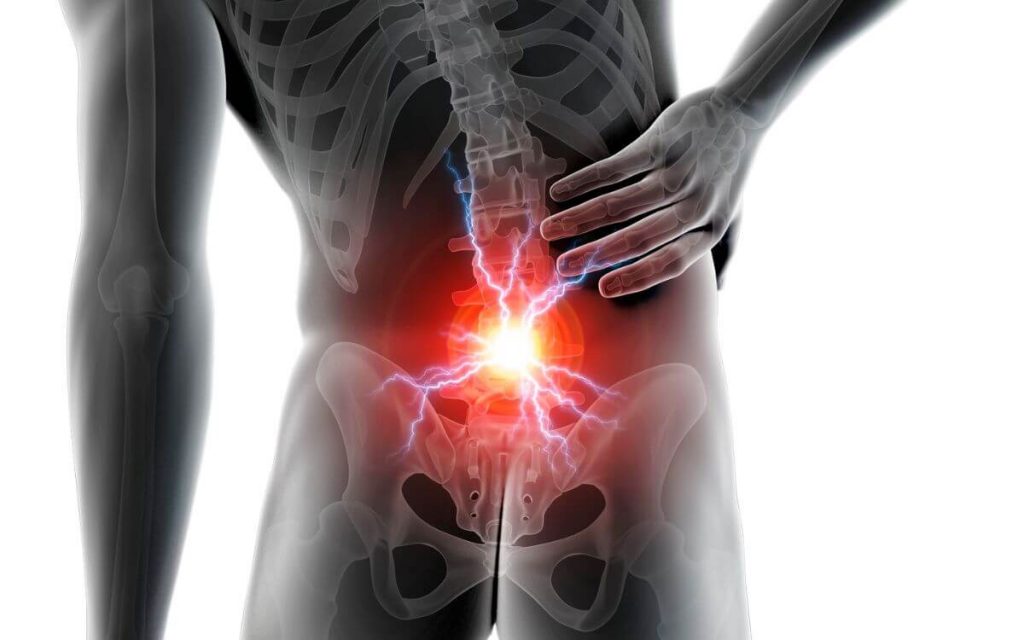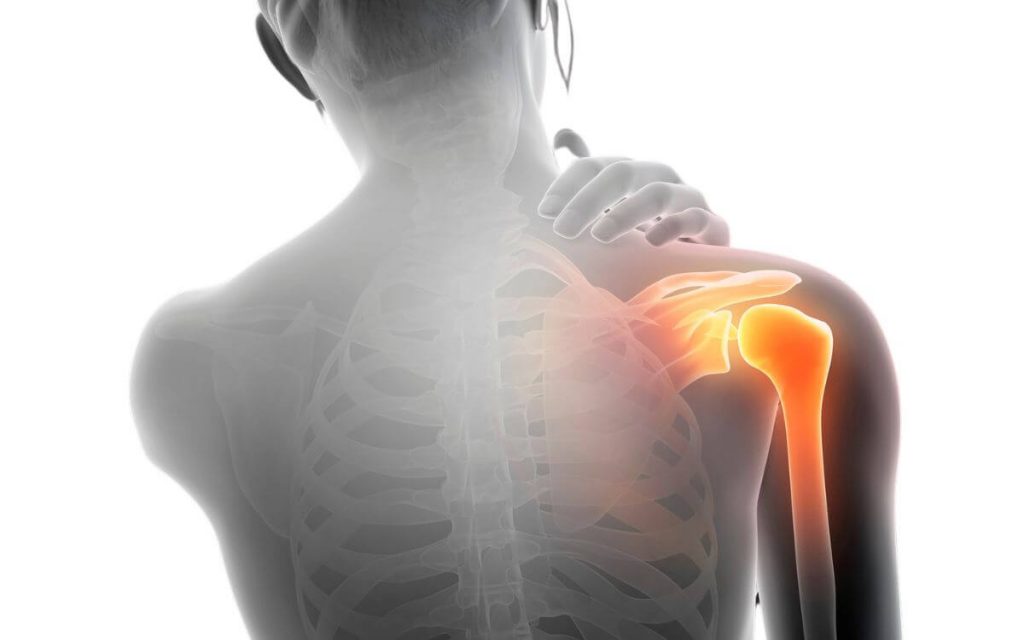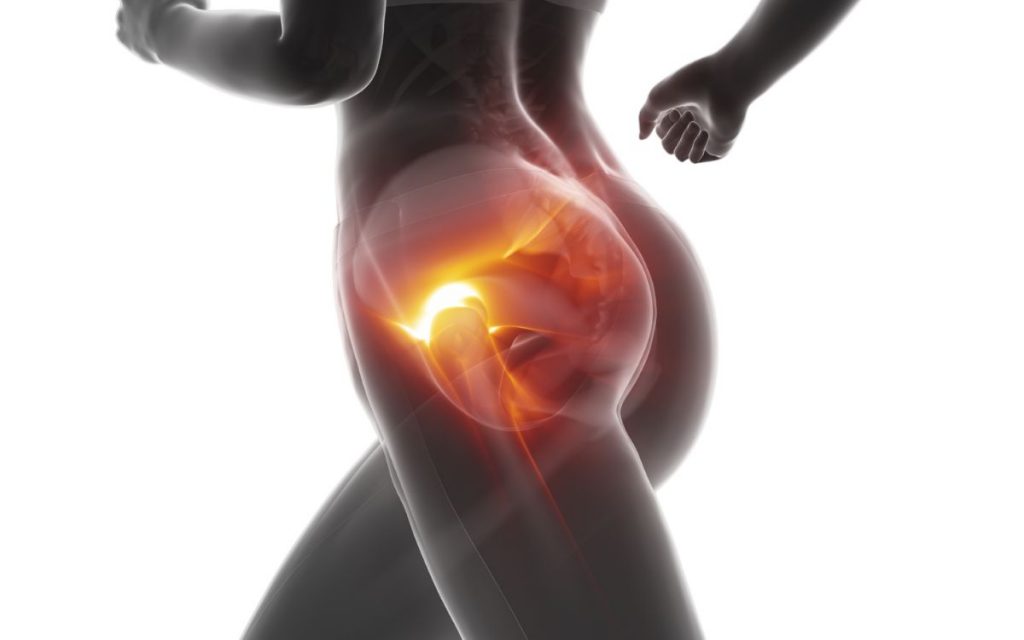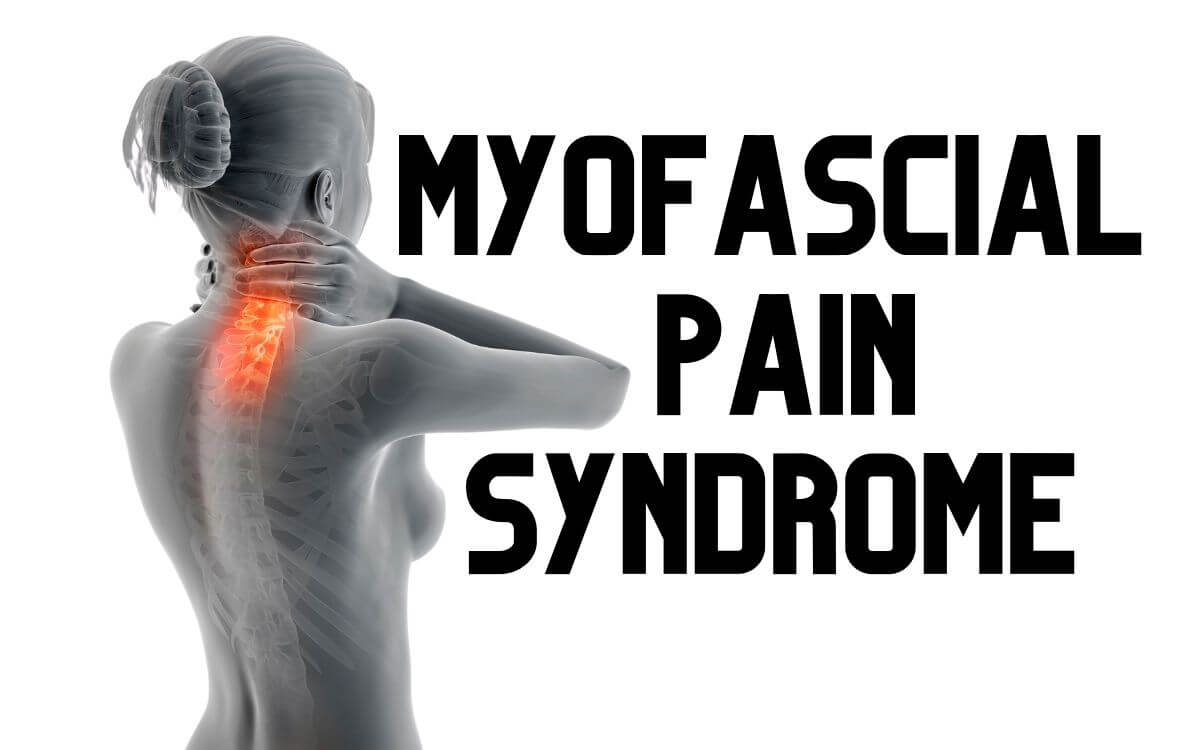Myofascial pain syndrome.
I became interested in the subject of myofascial pain syndromes (MPS) after my pain research in relation to my wife’s endometriosis and fibromyalgia led me to it.
While the two conditions are different, both cause pelvic pain and discomfort. In fact, some women with endometriosis may also develop MPS as a result of the chronic pain they experience.
In terms of fibromyalgia and MPS, both are two conditions that are often confused with each other, as they share some similarities.
Also like endometriosis, while there are some similarities between the two conditions, fibro and MPS are distinct and require different treatment approaches.
- Overview of MPS.
- What is local or regional pain?
- Understanding myofascial trigger points.
- Referred pain in the myofascial pain syndrome.
- Risk factors for myofascial pain syndrome.
- Overview of diagnosing myofascial pain syndrome.
- Treatment options for myofascial pain syndrome.
- Lifestyle changes to manage myofascial pain syndrome.
- Conclusion.
Overview of MPS.
In order to overview myofascial pain syndrome and so-called referred pain, I explain it in short. Here’s what MPS is:
Myofascial pain syndrome is a common chronic pain condition characterized by localized or regional pain in skeletal muscles and surrounding connective tissue caused by trigger points, which are areas of tight, hyper-irritable muscle fibers that cause referred pain in other parts of the body.
MPS can be difficult to diagnose and treat, but physical therapy and a trigger point injection are commonly used to manage symptoms such as muscle pain.
Symptoms of myofascial pain syndrome.
The symptoms of MPS can vary widely depending on the individual and the affected muscle. Some common symptoms of MPS include:
- Local or regional pain in a specific muscle or muscle group
- Referred pain in other areas of the body caused by active points of trigger
- Muscle weakness or stiffness
- Tenderness or soreness in the affected area
- Limited range of motion
- Widespread pain and fatigue in severe cases
How is myofascial pain syndrome diagnosed?
If you want to diagnose myofascial pain syndrome, it can be challenging because there is no definitive test for the condition. A thorough physical examination and medical history can help identify the presence of trigger points and rule out other potential causes of muscle pain.
Some diagnostic tools that may be used to confirm a diagnosis of MPS include:
- Palpation of the affected muscle to identify active or latent trigger points
- Transcutaneous electrical nerve stimulation (TENS) to measure nerve and muscle activity
- Imaging studies, such as X-rays or MRI, to rule out other conditions
How is myofascial pain syndrome treated?
Treatment for MPS typically involves a combination of physiotherapy, trigger point injection, and painkillers. The goal of treatment is to minimize pain and improve function in muscles that are affected.
Some common treatment options for MPS include:
- Trigger point injection: A small needle is used to inject a local anesthetic and sometimes a corticosteroid into the trigger point to get rid of pain and inflammation.
- Physiotherapy: A physical therapist can teach stretching exercises, relaxation, and other strategies to lower the pain and improve muscle function.
- Pain relievers: Nonsteroidal anti-inflammatory drugs (NSAIDs), muscle relaxants, and other painkillers may be prescribed to manage pain and reduce inflammation.
- Dry needling: Similar to trigger point injection, needling involves inserting thin needles into trigger points to combat pain and promote healing.
- Massage therapy: Deep tissue massage and other types of therapy can help relax muscles and improve blood flow to affected areas.
- Sound wave therapy: These waves can be used to stimulate healing and reduce pain.
- Relaxation technique: Strategies such as meditation, deep breathing, and progressive muscle relaxation can help reduce stress and relieve tension in the muscles.

What is local or regional pain?
This pain refers to pain that is confined to a specific area of the body, such as the neck, back, or shoulder (localized pain).
This type of pain is typically caused by injury or damage to a specific tissue or structure, such as a muscle, tendon, ligament, or joint. This is not nerve pain.
Examples of local or regional pain include:
- Low back pain: Pain that is located in the lower back region and can be caused by a variety of factors, including muscle strains, herniated discs, or arthritis.
- Neck pain: Pain that is located in the neck region and can be caused by a variety of factors, including muscle strains, cervical spine disorders, or poor posture.
- Shoulder pain: Pain that is located in the shoulder region and can be caused by a variety of factors, including rotator cuff injuries, bursitis, or arthritis.
- Knee pain: It is a painful area located in the knee region and can be caused by a variety of factors, including ligament injuries, meniscal tears, or osteoarthritis.
Understanding myofascial trigger points.
Trigger points are a key feature of MPS and can cause localized and referred pain in muscles. Trigger points are often associated with a muscle injury, overuse, or bad posture, and can be active or latent.
An active trigger point is associated with pain and tenderness in the affected muscle, while latent trigger points may not cause pain unless they are stimulated.
Trigger point injection is a common treatment for active points of the trigger and can help with pain and inflammation in muscles. Dry needling is another technique that can be used to stimulate trigger points and promote healing.
Referred pain in the myofascial pain syndrome.
Referred pain is a hallmark feature of MPS and occurs when active trigger points in one muscle cause pain in another part of the body.
Referred pain can be difficult to diagnose and may be mistaken for other conditions. For example, trigger points in the neck muscles may cause headaches or pain in the shoulder or arm.
Risk factors for myofascial pain syndrome.
Certain factors may increase the risk of developing myofascial pain syndrome:
- Bad posture: Maintaining a bad posture for long periods can cause stress on the muscles and lead to myofascial pain.
- Muscle overuse: Overusing muscles, either by repetitive movements or intense physical activity, can lead to muscle injury and trigger points.
- Psychological stress: Emotional stress can cause muscle pain and tension, and increase the risk of developing trigger points.
- Poor sleep: Lack of quality sleep can affect muscle repair and recovery, leading to muscle pain and trigger points.
- Unhealthy diet: Eating an unhealthy diet lacking essential nutrients can weaken the muscles and connective tissue, increasing the risk of developing myofascial pain syndrome.
- Soft tissue injuries: Injuries to the muscles or connective tissue can lead to myofascial pain syndrome.
- General internal medicine practice: Patients with chronic pain conditions such as fibromyalgia, chronic fatigue syndrome, or irritable bowel syndrome may also be at a higher risk of developing myofascial pain syndrome.

Overview of diagnosing myofascial pain syndrome.
Diagnosing myofascial pain syndrome involves a thorough physical examination and medical history review by a qualified healthcare professional. The healthcare professional will look for tender areas on the body and assess for muscle weakness and range of motion.
The healthcare professional may also use the following tests and diagnostic tools:
- Diagnostic imaging: X-rays, MRIs, or CT scans may be ordered to rule out other conditions causing the pain.
- Electromyography (EMG): This test measures the electrical activity of muscles and can help identify muscle abnormalities.
- Blood tests: Blood tests may be done to rule out other conditions such as Lyme disease or rheumatoid arthritis.
Treatment options for myofascial pain syndrome.
There are various treatment options available for myofascial pain syndrome, depending on the severity of the condition and the individual’s symptoms. Treatment options may include:
- Trigger point injections: Trigger point injections involve injecting a local anesthetic or saline solution into the trigger points to relieve painful areas.
- Physical therapy: Physiotherapy may include stretching, massage, or the use of heat or cold to relax muscles and get rid of muscle pain.
- Nonsteroidal anti-inflammatory drugs (NSAIDs): NSAIDs may be prescribed to deal with pain and inflammation.
- Muscle relaxants: These relaxants may be prescribed to help relax the affected muscles.
- TENS: TENS uses electrical impulses to stimulate the nerves and reduce pain.
- Dry needling: Needling involves inserting thin needles into the trigger points to get rid of pain and improve blood flow.
- Sound waves: High-frequency sound waves can be used to break up taut bands and lowers the pain.
- Relaxation: These techniques such as deep breathing, meditation, and yoga can help reduce stress and muscle tension.
Lifestyle changes to manage myofascial pain syndrome.
In addition to treatment options, certain lifestyle changes can help manage myofascial pain syndrome symptoms, including:
- Maintaining a good posture: Good posture can help prevent muscle strain and reduce the risk of trigger points.
- Regular exercise: Regular exercise can help improve muscle strength and flexibility, reducing the risk of myofascial pain syndrome.
- Healthy diet: Eating a healthy, balanced diet can help support muscle and connective tissue health.
- Stress management: Managing stress through a relaxation technique or counseling can help reduce muscle tension and the risk of trigger points.
- Good sleep habits: Getting quality sleep is essential for muscle repair and recovery.
Conclusion.
Myofascial pain syndrome is a condition that can cause pain that is localized or widespread in affected muscles. Myofascial trigger points, or taut bands of muscle fibers, are the primary cause of myofascial pain syndrome.
Diagnosis of myofascial pain syndrome involves a physical examination and medical history review.
Treatment options may include trigger point injections, physiotherapy, and painkillers. In some cases, alternative therapies such as dry needling, massage therapy, or TENS may also be used. In this section, we’ll delve deeper into the various treatment options available for myofascial pain syndrome.

Trigger point injections.
Common treatments for myofascial pain syndrome are injections in myofascial trigger points.
During this procedure, a healthcare provider will inject a local anesthetic or saline solution into the trigger point to help relieve pain and improve mobility.
This treatment is often used in conjunction with physiotherapy or other treatments.
Physical therapy.
Physical therapy is another common treatment for myofascial pain syndrome.
Physical therapists can work with patients to develop a customized treatment plan that may include stretching, strengthening exercises, and manual therapy techniques.
The goal of physiotherapy is to help relieve pain, reduce muscle tension, and improve mobility.
Pain relievers.
Relievers such as nonsteroidal anti-inflammatory drugs (NSAIDs) or muscle relaxants may be prescribed to help manage pain associated with myofascial pain syndrome.
While these medications can be effective, they should be used under the guidance of a healthcare provider, as they can have side effects and may not be appropriate for everyone.
Alternative therapies.
In addition to traditional treatments, some people may find relief from myofascial pain syndrome by using alternative therapies such as dry needling or massage.
Dry needling involves inserting thin needles into trigger points to help relieve pain and improve mobility, while massage therapy can relax muscles and improve blood flow to affected areas.
Lifestyle changes.
Making certain lifestyle changes can also be helpful in managing myofascial pain syndrome.
Eating healthy, getting regular exercise, and practicing relaxation techniques such as meditation or deep breathing can all help.


About Me
Hi, I’m Lucjan! The reason why I decided to create this blog was my beautiful wife, who experienced a lot of pain in life, but also the lack of information about endometriosis and fibromyalgia for men…
